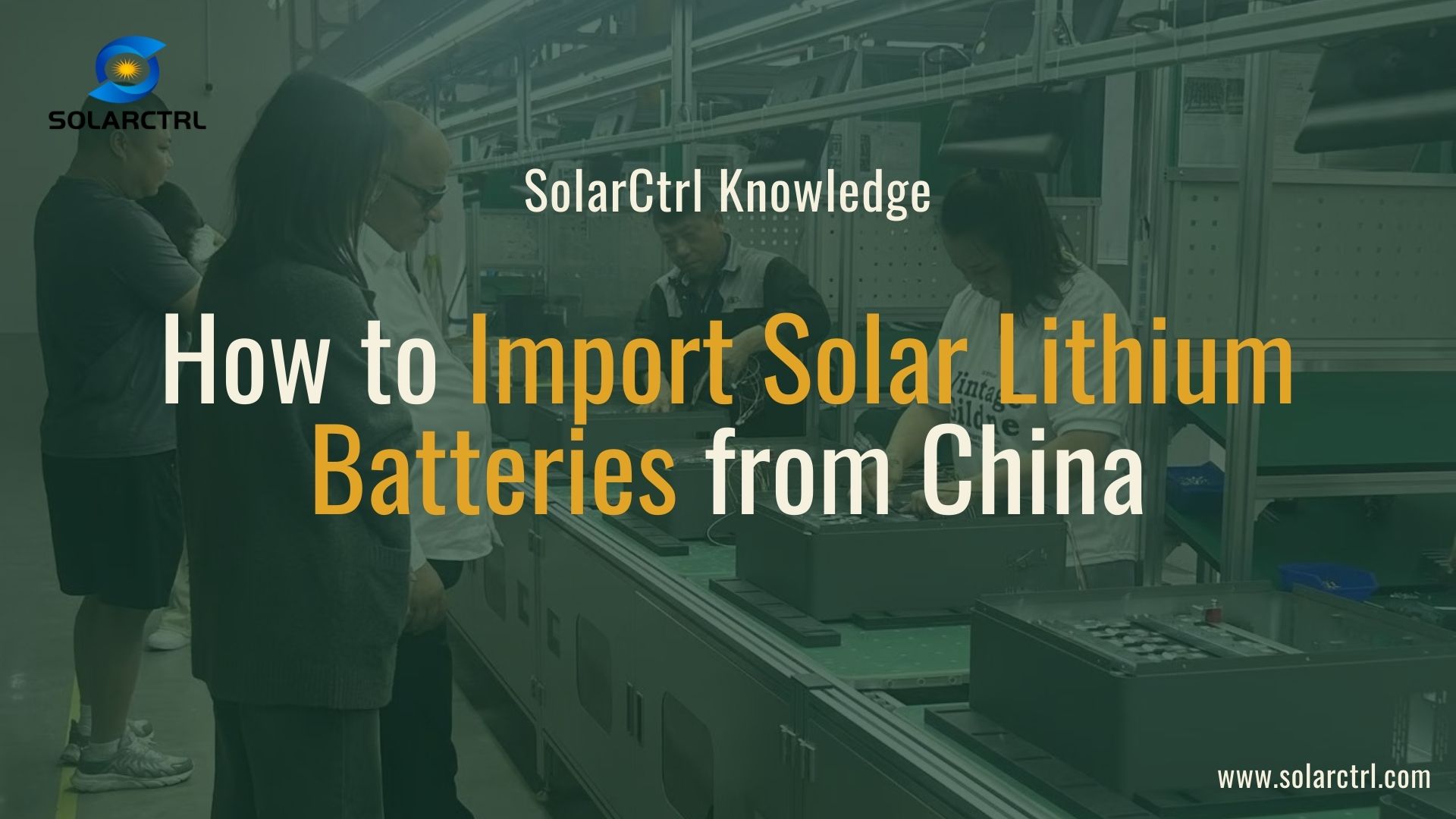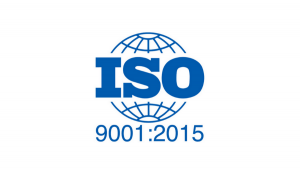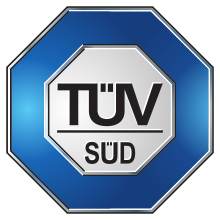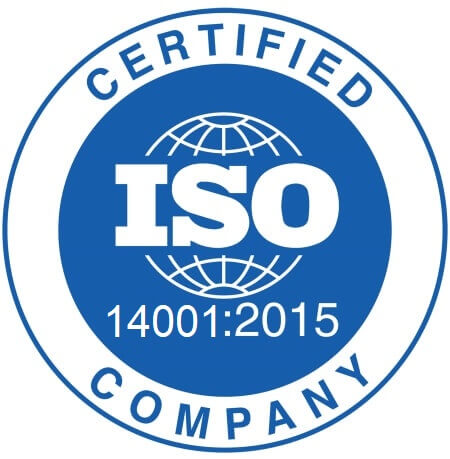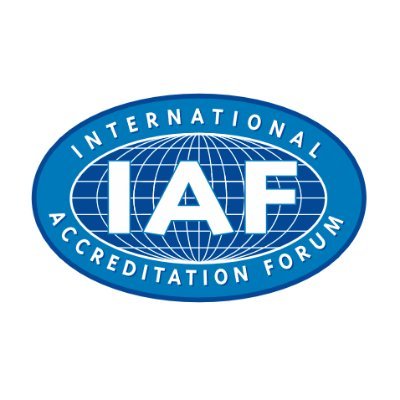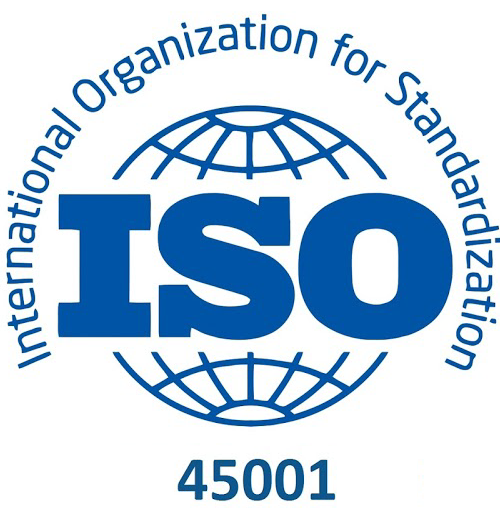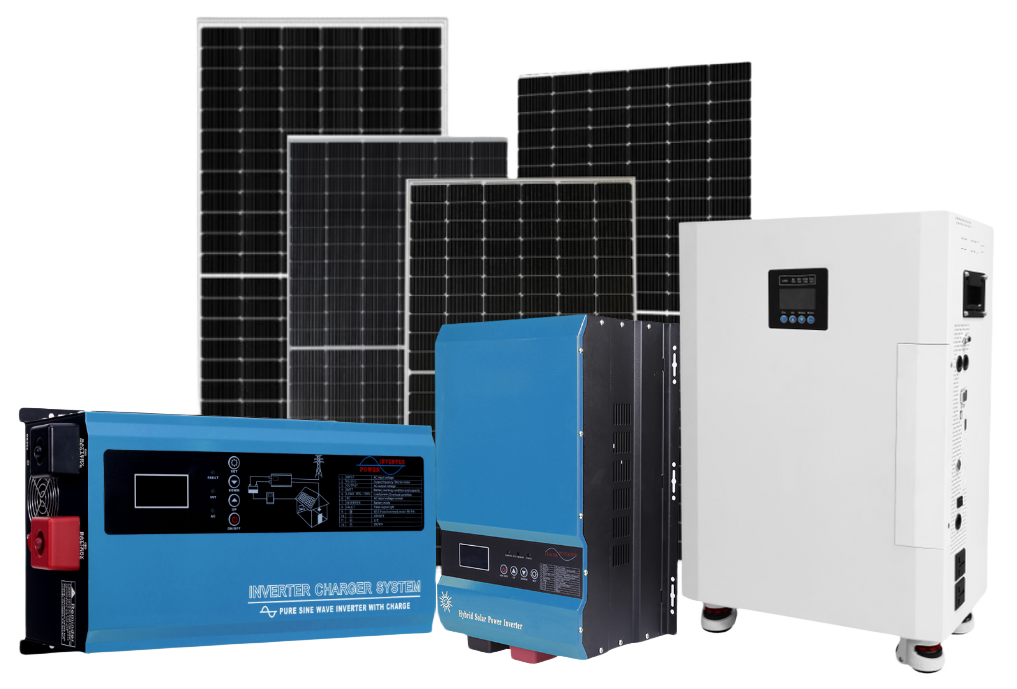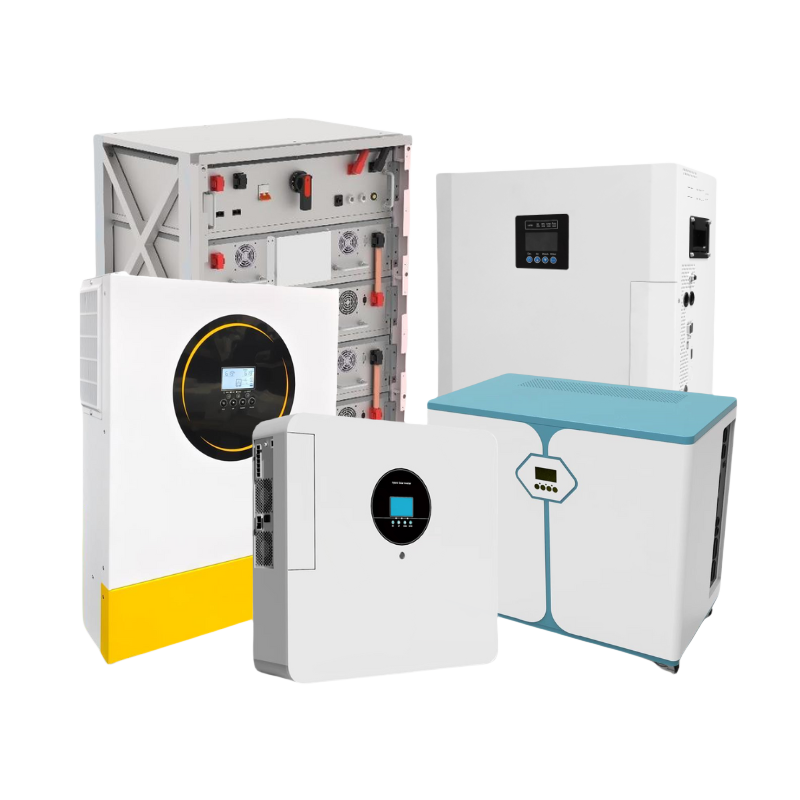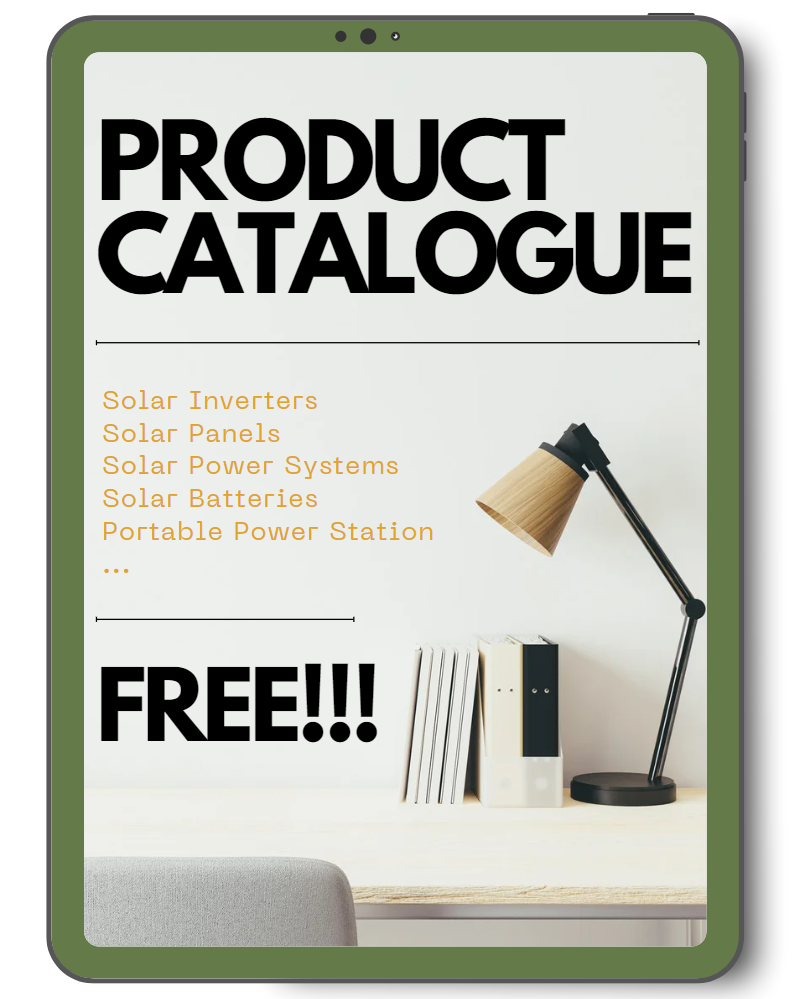This article will walk you through the market overview, key considerations, and a step-by-step import guide to help your business successfully import solar lithium batteries from China.
Part 1: Chinese Solar Lithium Battery Market — Why Import from China?
China plays a dominant role in the global lithium battery supply chain, offering unmatched advantages in technology, scale, and pricing—making it the go-to destination for solar lithium battery sourcing worldwide.
1.1 Global Manufacturing Hub
China dominates the global lithium battery market, producing over 70% of the world’s supply. This leadership is backed by a fully integrated industrial chain—from mining raw materials like lithium carbonate to manufacturing battery cells, modules, packs, and battery management systems (BMS).
Key regions such as Guangdong, Jiangsu, and Zhejiang host clusters of advanced factories, R&D centers, and experienced workforce, enabling consistent quality, innovation, and economies of scale.
With strong government support, mature infrastructure, and proximity to major shipping ports, China offers unparalleled efficiency and cost-effectiveness for global buyers seeking reliable solar lithium battery solutions.
1.2 Competitive Pricing with Quality
Chinese lithium battery manufacturers benefit from mass production capacity, vertically integrated supply chains, and advanced automation, allowing them to offer highly competitive pricing.
Despite the lower costs, quality is not sacrificed—many factories follow strict quality control systems and hold internationally recognized certifications such as UN38.3, IEC62619, CE, UL, RoHS, and ISO9001.
This balance of affordability and reliability makes Chinese suppliers ideal for global buyers seeking long-term value, especially in solar energy storage applications where performance and safety are critical.
1.3 Strong R&D and Customization
Top Chinese battery manufacturers allocate significant resources to research and development, enabling them to stay at the forefront of battery technology. They offer robust OEM and ODM services, allowing global clients to customize battery size, casing, connectors, communication protocols (e.g., RS485/RS232/CAN), smart monitoring features, and voltage/capacity combinations.
This flexibility is especially valuable for distributors and system integrators looking to build their own private label products or adapt batteries to fit specific solar energy applications or regional technical standards.
1.4 Wide Product Range
Chinese suppliers provide an extensive range of lithium battery products—from 12V, 24V, 48V battery modules to rack-mounted and all-in-one energy storage systems.
These solutions are compatible with diverse applications such as solar street lighting, residential solar backup, off-grid telecom base stations, RV and marine systems, and industrial hybrid solar setups.
Whether you need compact portable batteries or scalable high-capacity units, China’s flexible production capabilities allow for tailored solutions to meet the specific energy storage needs of different industries and regions.
1.5 Favorable Export Support
Many Chinese lithium battery manufacturers are highly export-oriented, with well-trained English-speaking sales teams, responsive customer service, and experience handling international shipping and customs requirements.
They also provide detailed technical documentation, after-sales support, and flexible MOQs, making it easier for global B2B buyers to launch and scale their projects smoothly and efficiently.

Part 2: Key Considerations for Importing Solar Lithium Batteries from China
Importing lithium batteries isn’t as straightforward as general consumer goods. Classified as Class 9 dangerous goods, they require strict compliance with international safety standards, specialized packaging, and proper documentation during transport. Ignoring these factors can lead to shipment delays, customs issues, or even safety hazards. There are several factors you should consider when importing solar lithium batteries from China.
2.1 Product Selection
Selecting the right battery type is crucial and should align with your specific application requirements.
LiFePO₄ (Lithium Iron Phosphate) batteries are known for their long cycle life, high thermal stability, and safety, making them ideal for solar energy storage, off-grid systems, and residential backup.
On the other hand, NMC (Nickel Manganese Cobalt) batteries offer higher energy density, suitable for space-constrained or mobile applications like RVs or electric vehicles.
Clarify your voltage, capacity, discharge rate, and form factor needs before placing an order.
2.2 Regulatory Compliance
Solar lithium batteries are subject to strict international transport and product safety regulations, and failure to comply can lead to customs rejection or legal liability.
Key certifications include UN38.3, which verifies battery safety during air and sea transport; MSDS, providing essential chemical and handling information; and CE, UL, IEC62619, which are critical for product access in the EU, US, and other regulated markets.
For environmental compliance, RoHS and REACH ensure the battery components meet hazardous substance restrictions. Always confirm your supplier provides authentic, current, and verifiable documentation before proceeding with your order.
2.3 Shipping Limitations
Lithium batteries are classified as Class 9 dangerous goods, meaning they require special packaging, labeling, and documentation during transit.
- Air freight is the fastest option but is strictly regulated and typically limited to smaller quantities. Airlines require complete documentation including UN38.3, MSDS, and a DG declaration.
- Sea freight is ideal for large-volume shipments, offering lower cost per unit, though with longer lead times.
- Rail freight to Europe provides a balance between speed and cost, especially for inland EU destinations.
Partnering with freight forwarders who specialize in hazardous materials ensures compliance and smooth delivery.
2.4 Import Duties and Taxes
Before importing, it’s essential to research your country’s HS code classifications (e.g., 850760 for lithium-ion batteries) and determine applicable import tariffs, anti-dumping duties, and VAT or GST rates. These costs can significantly affect your total landed cost and pricing strategy.
Some countries offer tax exemptions or lower tariffs for renewable energy products—check if your market qualifies.
To avoid unexpected expenses or delays, consult with a licensed customs broker or freight forwarder who understands both your product category and local import regulations.
2.5 Quality Control
Quality control is essential when importing lithium batteries to avoid performance issues, safety risks, or customer complaints.
Before shipment, check for accurate voltage and capacity, secure terminals, clean and durable casing, and proper labeling and packaging that meets international transport standards.
Also, verify that all safety and compliance documents (e.g., UN38.3, MSDS) are included and up to date.
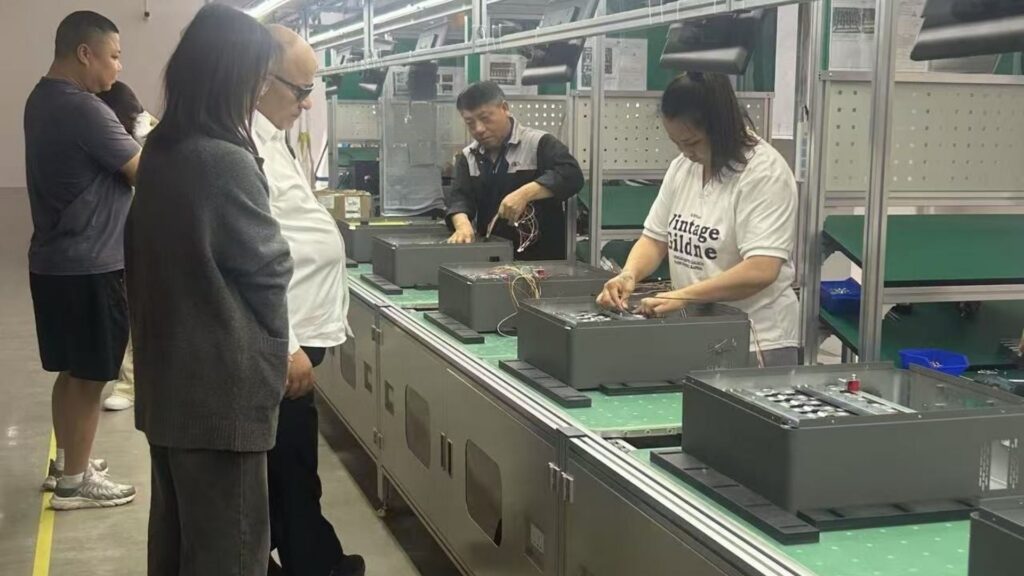
Part 3: Step-by-Step Guide to Importing from China
Importing lithium batteries is a complex process that requires a structured and well-informed approach. Below is a detailed roadmap to guide you through every stage—from defining technical requirements to receiving your shipment and providing after-sales support.
Step 1: Define Your Product Requirements
Start by clarifying your technical and commercial requirements. This ensures both you and the supplier are aligned from the beginning. Key details include:
- Battery Type: LiFePO₄, NMC, or other chemistries depending on your application
- Voltage & Capacity: 12V, 24V, 48V, or customized configurations
- Application Use: Residential solar, off-grid systems, telecom backup, RV, or marine
- Certification Requirements: UN38.3, MSDS, CE, UL, IEC62619, RoHS, depending on your target market
You should also consider dimensions, discharge rates, communication protocols (RS485, CAN, etc.), and preferred terminal types. Providing these details in a well-organized Product Specification Sheet will greatly improve supplier communication, reduce production errors, and speed up the quoting and sampling process.
Step 2: Identify and Vet Suppliers
Identifying a reliable supplier is a critical step that directly impacts product quality, compliance, and long-term cooperation. Begin by exploring reputable sources such as online B2B platforms (e.g., Alibaba, Made-in-China), official manufacturer websites, or industry-specific exhibitions like the Canton Fair, SNEC, or CIBF. These channels can help you connect with both large-scale factories and specialized lithium battery manufacturers.
Once you have a shortlist, conduct a thorough evaluation. Look into the supplier’s manufacturing experience, export history, and ability to meet international standards. Ask for factory certifications, such as ISO9001 and IEC62619, and verify crucial compliance documents like UN38.3 and CE.
A trustworthy supplier should also be responsive, technically knowledgeable, and capable of offering OEM or ODM services. Whenever possible, request a factory audit report or arrange a virtual tour to assess production capacity and quality control systems.
Establishing trust at this stage will lay the foundation for a successful long-term partnership.
Step 3: Request Samples and Evaluate
Once you’ve shortlisted your top 2–3 suppliers, order product samples to verify:
- Performance Consistency: Test voltage, current, charge/discharge behavior, cycle life, and temperature stability. Make sure the batteries perform reliably under both normal and high-load conditions.
- Physical Quality: Check materials, connectors, housing, weight, and dimensions. The casing should be durable, with clean finishing and no visible defects or loose components.
- User Compatibility: Ensure the battery integrates well with your existing systems, such as inverters, charge controllers, or enclosures. Confirm communication protocols (RS485, CAN, etc.) match your equipment.
- Labeling and Packaging: Verify that all markings—capacity, voltage, warnings, and certifications—are clearly printed. Packaging should be secure, export-compliant, and meet DG transport requirements.
If in-house testing is not feasible, send samples to a third-party lab or inspection service for a full performance evaluation before proceeding to mass production.
Step 4: Finalize Pricing and Commercial Terms
Once the product samples meet your expectations, the next step is to finalize the pricing and commercial terms with your selected supplier. It’s important to confirm the unit price based on your projected order volume, and don’t hesitate to negotiate for better rates or volume discounts if you plan to order regularly.
Choose the most suitable Incoterm for your logistics strategy—whether it’s FOB, CIF, or DDP—depending on your comfort with handling international shipping and customs clearance.
Clarify the production lead time, which typically ranges from 15 to 35 days depending on the complexity and order size. Ensure the supplier provides a formal warranty, usually ranging from 2 to 5 years, covering key performance metrics and manufacturing defects.
Discuss payment terms carefully; most suppliers accept a 50% deposit with the remaining 50% paid before shipment. Always request a signed Proforma Invoice outlining all agreed terms before moving to production.

Step 5: Approve Pre-Production Details and Arrange Inspection
Before mass production begins, it’s crucial to finalize all pre-production details to avoid costly mistakes. Confirm the final bill of materials (BOM), including the exact battery specifications, housing material, connector types, and labeling layout. Ensure the product complies with your branding, functional, and safety requirements.
Clarify the packaging design, making sure it meets both branding expectations and dangerous goods transport standards.
Ask the supplier to provide photos or videos of the finished goods, and always request copies of all testing and certification reports before the products are shipped. This step ensures product consistency, reduces risk, and strengthens your reputation with end customers.
Step 6: Coordinate Shipping and Logistics
Coordinating the shipment of lithium batteries requires strict attention to transport regulations and logistical planning. Since these batteries are classified as Class 9 dangerous goods, it’s essential to work with a freight forwarder experienced in handling hazardous materials.
Your forwarder will assist with choosing the right mode of transport—air freight for speed, sea freight for large volumes, or rail freight for cost-effective delivery to Europe. Ensure that all shipments include proper DG labeling, handling instructions, and certified packaging that meets IATA (for air) or IMDG Code (for sea) standards.
You’ll also need to prepare key documents like the Bill of Lading (B/L) or Air Waybill (AWB) and verify that all items are clearly marked with UN3480 or UN3481, depending on battery type.
Clear communication with your supplier and logistics team at this stage is vital to prevent delays, fines, or cargo rejection.
Step 7: Complete Customs Clearance and Receive Goods
Once your shipment is on the way, the next critical step is handling customs clearance in your destination country. To avoid delays or penalties, prepare all required shipping documents, including the Commercial Invoice, Packing List, Bill of Lading (B/L) or Air Waybill (AWB), and, if applicable, a Certificate of Origin to benefit from reduced tariffs under trade agreements.
Ensure all compliance certifications—such as UN38.3, MSDS, CE, UL, or IEC62619—are valid, up-to-date, and match your shipment. Work closely with a licensed customs broker who understands your product’s HS code (typically 850760 for lithium-ion batteries) and the applicable import duties, VAT, or GST in your region.
Once customs is cleared, arrange final last-mile delivery to your warehouse, project site, or distribution center. A smooth customs process ensures you receive your goods on time and maintain reliability with your clients.
Step 8: Set Up After-Sales Support
Establishing a reliable after-sales support system is essential for maintaining customer satisfaction and building long-term trust, especially in the B2B solar industry.
Start by developing a clear and written warranty policy, typically covering 2 to 5 years, and ensure it outlines procedures for claims, replacements, and performance guarantees. Prepare comprehensive technical documentation, such as installation manuals, datasheets, and troubleshooting guides, to help clients with setup and maintenance. Offer responsive technical support channels, including email, phone, or live chat, depending on your customer base. If possible, work with your supplier to co-develop OEM-branded materials or localized support solutions.
For larger clients, having a predefined return or replacement process for defective or damaged goods is key. Strong after-sales support not only reduces complaint handling time but also strengthens your brand’s reputation and encourages repeat business.
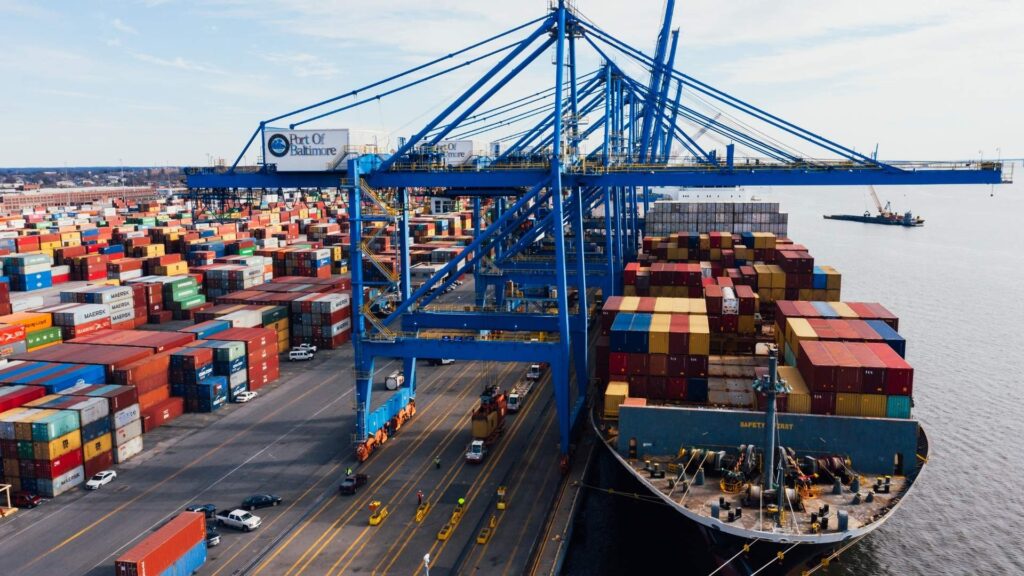
Conclusion: Build Your Business with Confidence
Importing solar lithium batteries from China can be a highly rewarding opportunity for businesses in the renewable energy sector—offering access to cost-effective, high-performance, and customizable energy storage solutions. However, success depends on your ability to manage the process professionally: from selecting qualified suppliers, ensuring compliance with international standards, coordinating hazardous goods logistics, to setting up robust after-sales support.
By following this step-by-step guide, you can reduce risks, control costs, and deliver reliable products to your customers.
If you’re looking for a trusted, export-ready LiFePO₄ battery manufacturer in China, SolarCtrl is here to support you. We offer full OEM/ODM services, certified products, fast delivery, and technical support tailored for global B2B clients.
FAQs
1. Can I import lithium batteries without visiting the factory in person?
Yes. Many importers manage the entire process remotely using video factory tours, third-party inspections, and sample testing. Reliable suppliers typically provide full documentation, production videos, and online meetings.
2. Do I need an import license for lithium batteries in my country?
Some countries require an import license or DG handling permit for lithium batteries. Check with your local customs office or dangerous goods authority to confirm requirements in your region.
3. What are the labeling requirements for lithium battery packaging?
Labels must include the UN number (e.g., UN3480 or UN3481), Class 9 hazard label, handling instructions, and battery watt-hour rating. Improper labeling can lead to customs delays or rejection.
4. Can batteries be shipped together with inverters or solar panels in one container?
Yes, but it’s essential to segregate dangerous goods (batteries) from other items within the container. Inform your freight forwarder in advance so they can arrange safe and compliant packing.
5. How do I estimate the total landed cost of imported lithium batteries?
Landed cost includes the product price, shipping, import duties, VAT/GST, customs clearance fees, and inspection costs. Work with a freight forwarder and customs broker to calculate this accurately before placing an order.
6. How should I store lithium batteries after import?Store batteries in a cool, dry, and well-ventilated environment, away from flammable materials. Follow FIFO (First-In, First-Out) stock rotation and maintain proper SOC (State of Charge) for long-term storage to avoid degradation.

